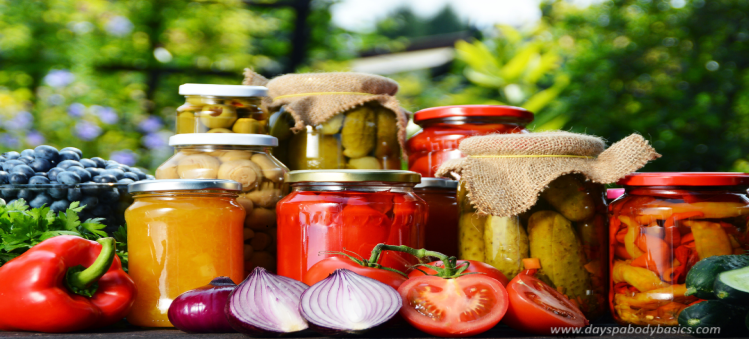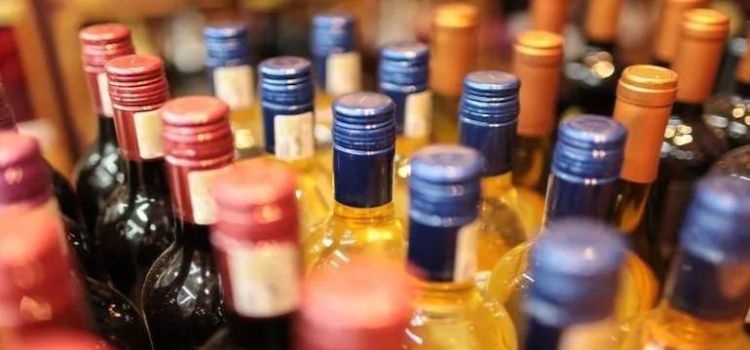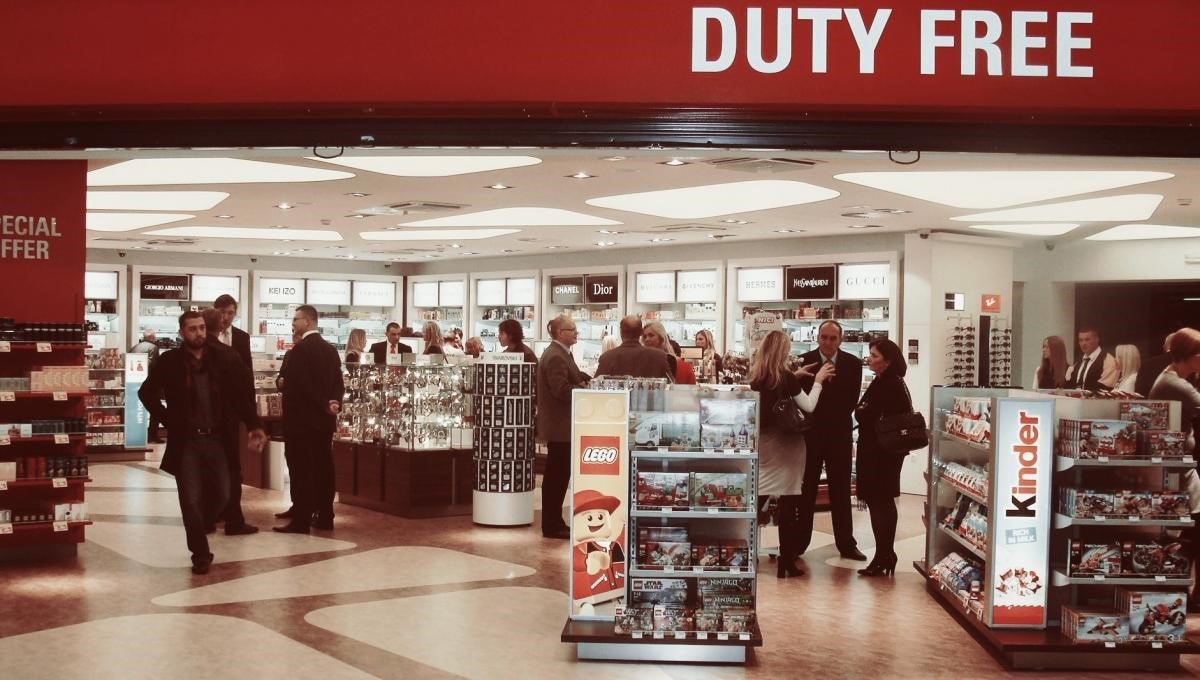
Food Container Market by Materials (Paper, Metal, Glass, and Other Materials), By Product (Bottles and Jars, Cans, Bag, Cups and Tubs, Boxes and, Other Products), By Packaging Types (Rigid, Semi-rigid, and Flexible), and by Application (Dairy Products, Bakery and Confectionery, Fruits and Vegetables, Meat, Poultry and Seafood, Frozen Food, Grains and Pulses, Beverages, and Other Applications) – Global Opportunity Analysis and Industry Forecast – 2024 – 2030
Food Container Market Overview
The global Food Container Market size is estimated at USD 164.75 billion in 2023 and is predicted to reach USD 222.60 billion by 2030 with a CAGR of 4.4% from 2024-2030.
The food container market focuses on the production of food containers made of different materials such as paper, aluminium, glass and others that is mainly used for storage and transportation of various food products.
The glass bottles are commonly used for storing items such as honey, jam, oil, milk and other food products, whereas paper containers are used for transporting these food products. These containers are of various types including rigid, semi-rigid and flexible that are used for storing, transporting and preserving food items.
Moreover, the industry is governed by stringent regulations to ensure the safety, quality, and sustainability of packaging materials. Regulatory bodies such as the U.S. Food and Drug Administration (FDA), the European Food Safety Authority (EFSA), and other regional agencies set standards for materials that come into contact with food.
These regulations guarantee that supply chains deliver food products to consumers in optimal conditions, maintaining both safety and convenience while supporting environmental sustainability. This industry ensures optimal storage, transportation and preservation of food products using various materials and packaging types that comply with strict safety and quality regulations.
Market Dynamics and Trends
The rising global population is a major factor driving the food container market as it amplifies the need for higher food production and consumption solutions. This growing demand is prompting food companies to adopt advanced food containers that ensure product safety, maintain quality, and extend shelf life, thereby meeting the evolving needs of consumers.
According to a report published by the World Bank, the global population in 2023 is recorded around 8.02 billion, marking an increase of 0.9% from about 7.95 billion in 2022. This surge in population significantly increases the demand for food production that requires a quality packaging solutions that accelerates the food container market growth.
Moreover, increasing shift towards environment friendly packaging products is thriving the market growth as consumers and businesses are increasingly seeking sustainable solutions. Companies are investing in eco-friendly materials such as biodegradable sensors and recyclable products catering to the growing demand for greener solutions.
For instance, in December 2023, Novolex launched a new line of food packaging containers that are both recyclable and made with 10% post-consumer recycled (PCR) content. These alternative solutions reduce environmental impact that stimulates innovations and expansion in the market.
Also, the rising e-commerce in food delivery and restaurant takeout within the food industry creates a higher demand for specialized food containers that maintain food quality during transportation and delivery.
According to the International Trade Administration (ITA), the global B2C e-commerce revenue is expected to grow at USD 5.5 trillion by 2027 as compared with 2023 with a revenue of USD 3.6 trillion.
This anticipated growth in e-commerce revenue is expected to greatly enhance the food container industry by increasing the demand for advanced packaging solutions that ensure safe and efficient food delivery. However, rising environmental scrutiny and regulatory pressures on single-use plastics is hindering the overall food container market expansion.
On the contrary, adoption of smart packaging solutions including bio sensors and Internet of Things (IoT) creates future opportunity growth for the market as it ensures proper food transportation and safety to the end users.
As per the report of National Institute of Health use of biosensors in food containers ensures safer product and IoT technologies reduce waste and improve operational efficiency. Therefore, with the integration of these innovations, the food container sector is poised for significant growth that effectively addresses the evolving demands of consumers and industries.
Market Segmentations and Scope of the Study
The food container market report is segmented on the basis of materials, products, packaging types, application and region. On the basis of material, the market is divided into paper, metal, glass and other materials. On the basis of products, the market is segmented into bottles and jars, cans, bag, cups and tubs, boxes and other products. On the basis of packaging types, the market is divided into rigid, semi-rigid and flexible. On the basis of application, the market is classified into dairy products, bakery and confectionery, fruits and vegetables, meat, poultry and seafood, frozen food, grains and pulses, beverages and other applications. Regional breakdown and analysis of each of the aforesaid segments includes regions comprising of North America, Europe, Asia-Pacific, and RoW.
Geographical Analysis
Asia-Pacific dominates the food container market share and is projected to continue its dominance throughout the forecast period. This dominance is driven by the leading fast-moving consumer goods (FMCG) companies that establishes food container manufacturing units to boost production capacity and meet the growing consumer demand.
For example, in July 2023, Nestle India Ltd. expanded its business reach by launching a food processing unit in India. The establishment of new units boosts production, enhances product safety, and maintains the quality of food items, thereby shaping the future of the market by expanding its business and ensuring sustained growth.
Moreover, the increasing investments in the food container industry boost the production capacity, elevate product quality, and strengthen supply chains. These investments also reduce costs and support competitive pricing, that further drives the growth of the market.
For example, in March 2024, Mother Dairy announced a significant investment of approximately USD 90 million aimed at enhancing its dairy food processing capabilities. These investments enable companies to adopt advanced technologies, improve sustainability practices, and enter new markets.
On the other hand, North America is the fastest growing region in food container industry driven by expansion of sustainable packaging that increases production capacity due to the rising demand for eco-friendly solutions. For instance, in August 2023, Amcor launched its high-barrier AmFiber performance paper packaging in north America, improving barrier properties operational efficiency compared to traditional coated papers. This innovation reflects the region's alignment with the growing consumer preference for sustainable packaging solutions that ultimately boost the market growth.
Furthermore, increasing use of glass packaging creates a significant demand for sustainable solutions due to its recycling characteristics that supports sustainable environmental goals. For example, in July 2024, Ardagh glass packaging North-America launched a new series of 12oz craft beverage glass bottles in U.S. made from 100% recyclable glass. This initiative aligns with the growing demand for sustainable packaging solutions, hence propelling growth to the market.
Competitive Landscape
Food Container Industry comprises of several key market players such Ardagh Group, Amcor plc, Silgan Holdings Inc., Berry Plastics Corp., Graham Packaging Company Inc., Plastipak Holdings Inc., Weener Plastics, Crown Holdings Inc., Tetra Pak, Sabert Corporation and others.
These market players are adopting various strategies such as launches, collaboration and partnerships to maintain their dominance in the market. For example, in June 2024, Swiss Food & Nutrition Valley collaborated with Nestlé and Tetra Pack to explore promising approaches in sustainable packaging materials and drive further innovation through new collaborations.
Furthermore, in March 2024, Sabert Corporation launched a new line of fully recyclable food containers, Earthtel r-PRO designed for secure and safe transport. This launch aligns with the increasing consumer demand for foodservice operators to minimize environmental impact.
Also, in August 2022, Ardagh Group partnered with Pernod Richard parent company of Absolut Vodka to install hydrogen fired glass furnace. This innovation in hydrogen-fired technology demonstrates Pernod Ricard's commitment to sustainability and responsibility in its packaging operations.
Key Benefits
-
The report provides quantitative analysis and estimations of the food container market from 2024 to 2030, which assists in identifying the prevailing industry opportunities.
-
The study comprises a deep-dive analysis of the current and future food container market trends to depict prevalent investment pockets in the industry.
-
Information related to key drivers, restraints, and opportunities and their impact on the food container industry is provided in the report.
-
Competitive analysis of the key players, along with their market share is provided in the report.
-
SWOT analysis and Porters Five Forces model is elaborated on the study.
-
Value chain analysis in the market study provides a clear picture of roles of stakeholders.
Food Container Market Key Segments
By Materials
-
Paper
-
Metal
-
Glass
-
Other Materials
By Products
-
Bottles and Jars
-
Cans
-
Bag
-
Cups and Tubs
-
Boxes
-
Other Products
By Packaging Types
-
Rigid
-
Semi-rigid
-
Flexible
By Application
-
Dairy Products
-
Bakery and Confectionary
-
Fruits and Vegetables
-
Meat, Poultry and Seafood
-
Frozen Food
-
Grains and pulses
-
Beverages
-
Other Applications
By Region
-
North America
-
The U.S.
-
Canada
-
Mexico
-
-
Europe
-
The UK
-
Germany
-
France
-
Italy
-
Spain
-
Denmark
-
Netherlands
-
Finland
-
Sweden
-
Norway
-
Russia
-
Rest of Europe
-
-
Asia-Pacific
-
China
-
Japan
-
India
-
South Korea
-
Australia
-
Indonesia
-
Singapore
-
Taiwan
-
Thailand
-
Rest of Asia-Pacific
-
-
RoW
-
Latin America
-
Middle East
-
Africa
-
Key Players
-
Ardagh Group
-
Amcor plc
-
Silgan Holdings Inc.
-
Berry Plastics Corp.
-
Graham Packaging Company Inc.
-
Plastipak Holdings Inc
-
Weener Plastics
-
Crown Holdings Inc.
-
Tetra Pak
-
Sabert Corporation
REPORT SCOPE AND SEGMENTATION:
|
Parameters |
Details |
|
Market Size in 2023 |
USD 164.75 Billion |
|
Revenue Forecast in 2030 |
USD 222.60 Billion |
|
Growth Rate |
CAGR of 4.4% from 2024 to 2030 |
|
Analysis Period |
2023–2030 |
|
Base Year Considered |
2023 |
|
Forecast Period |
2024–2030 |
|
Market Size Estimation |
Billion (USD) |
|
Growth Factors |
|
|
Countries Covered |
28 |
|
Companies Profiled |
10 |
|
Market Share |
Available for 10 companies |
|
Customization Scope |
Free customization (equivalent up to 80 working hours of analysts) after purchase. Addition or alteration to country, regional, and segment scope. |
|
Pricing and Purchase Options |
Avail customized purchase options to meet your exact research needs. |




 Speak to Our Analyst
Speak to Our Analyst


































